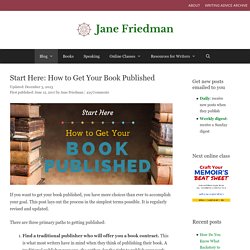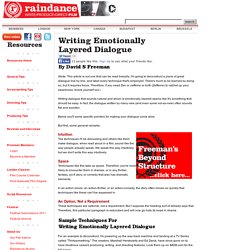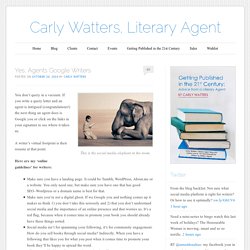

Craft of writing. Story Maps. Storytelling comics. Hypertext/Digital Storytelling Tools. A Right-Brained Writing Prompt...Serendipitous Character Descriptions. Ways to replicate this interactive prompt without using technology: It's simple; make three columns on your whiteboard or chalkboard or on chart paper, labeling them adjective, character, and phrase.

Write four or five adjectives, characters, and phrases (borrowed from the button game above) to give your students a model; then, have your students work in pairs to create more words and phrases that could go in each column. When students share their ideas out loud, record the very best ones on the classroom chart. With a chart created, tell students they are to all create an original character by choosing an adjective, character, and phrase that are in different rows. So, by asking students to create a character based on words in different rows, you are not allowing them to go straight across. With the above example, an angry pirate scratching his head is an acceptable choice of a unique character because different rows are represented in the choice. Analyzing the Mentor Text: Neil Gaiman. Start Here: How to Get Your Book Published. It’s the most frequently asked question I receive: How do I get my book published?

This post is regularly updated to offer the most critical information for writers new to the publishing industry, and to provide a starting point for more fully exploring what it means to try and get meaningfully published. If you’d like an in-depth guide on how to get your book published, consider my book, Publishing 101: A First-Time Author’s Guide.For a full-length course, see my 24-lecture series with The Great Courses, How to Publish Your Book.Also, see my recommended guides on writing and publishing. This post focuses on traditional publishing. In a traditional publishing arrangement, the publisher pays you for the right to publish your work for a specific period of time. Traditional publishers assume all costs and pay the author an advance and royalties. How do you find or get a traditional publisher to work with you? 60 Free Tools for Modern Storytellers. Writing Emotionally Layered Dialogue. (Note: This article is not one that can be read breezily.

I'm going to deconstruct a piece of great dialogue line by line, and label every technique that's employed. There's much to be learned by doing so, but it requires focus. Therefore, if you need Zen or caffeine or both (Zeffeine) to ratchet up your awareness, knock yourself out.) Writing dialogue that sounds natural and which is emotionally layered seems like it's something that should be easy. In fact, the dialogue written by many new (and even some not-so-new) often sounds flat and wooden. Below you'll some specific pointers for making your dialogue come alive. But first, some general remarks: Intuition The techniques I'll be discussing and others like them make dialogue, when read aloud in a film, sound like the way people actually speak.
Space Techniques like this take up space. In an action movie, an action-thriller, or an action-comedy, the story often moves so quickly that techniques like these can't be squeezed in. 1. 2. 3. Weather Thesaurus Entries Collection - WRITERS HELPING WRITERSWRITERS HELPING WRITERS. Carly Watters, Literary Agent. This is the social media elephant in the room.

You don’t query in a vacuum. If you write a query letter and an agent is intrigued (congratulations!) The next thing an agent does is Google you or click on the links in your signature to see where it takes us. A writer’s virtual footprint is their resume at that point. See How Easily You Can Track Your Character's Emotional Arc in a Scene. Most authors try to understand what a character is feeling at a particular moment: He’s angry here.

He’s happy there. Many authors also consider how the character’s emotional arc changes over the course of the entire story: He begins insecure. He ends confident. But few think about how the character’s emotional arc develops over the course of a single scene. Your Scene Needs a Problem. By Ken Hughes, @TheKenHughes Part of the How They Do It Series Conflict is a must in every scene, but problems come in a myriad of shapes and sizes.

The tricky part is knowing what the right problem for your scene is. To help with that, Ken Hughes visits the lecture hall today to share some thoughts on adding problems to your scenes. Ken Hughes is a Global Ebook Award-nominated urban fantasy novelist, creator of the Whisperers and the upcoming Spellkeeper Chronicles series, and the Power Plays and Unified Writing Theory blogs. The Character Name Generator: Generate a Character Name and Personality.
Fakebook. Johannes, Brahms. CARLA GONZALEZ, JOSEP MARTI, PAU SALVADOR. Robert Schuman. JUDIT PRATS, EUGÈNIA CAVALLÉ. Storium. Storybird - Artful Storytelling.
Inklewriter. Creative Idea Generator - Random Word Generator.